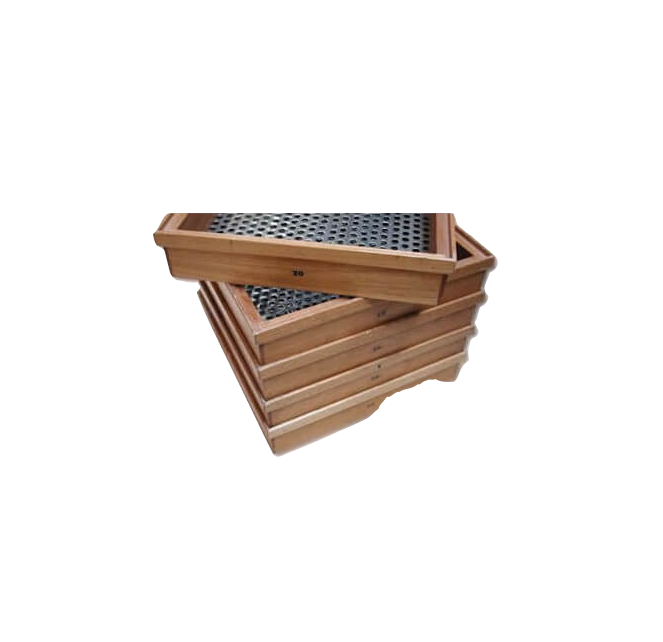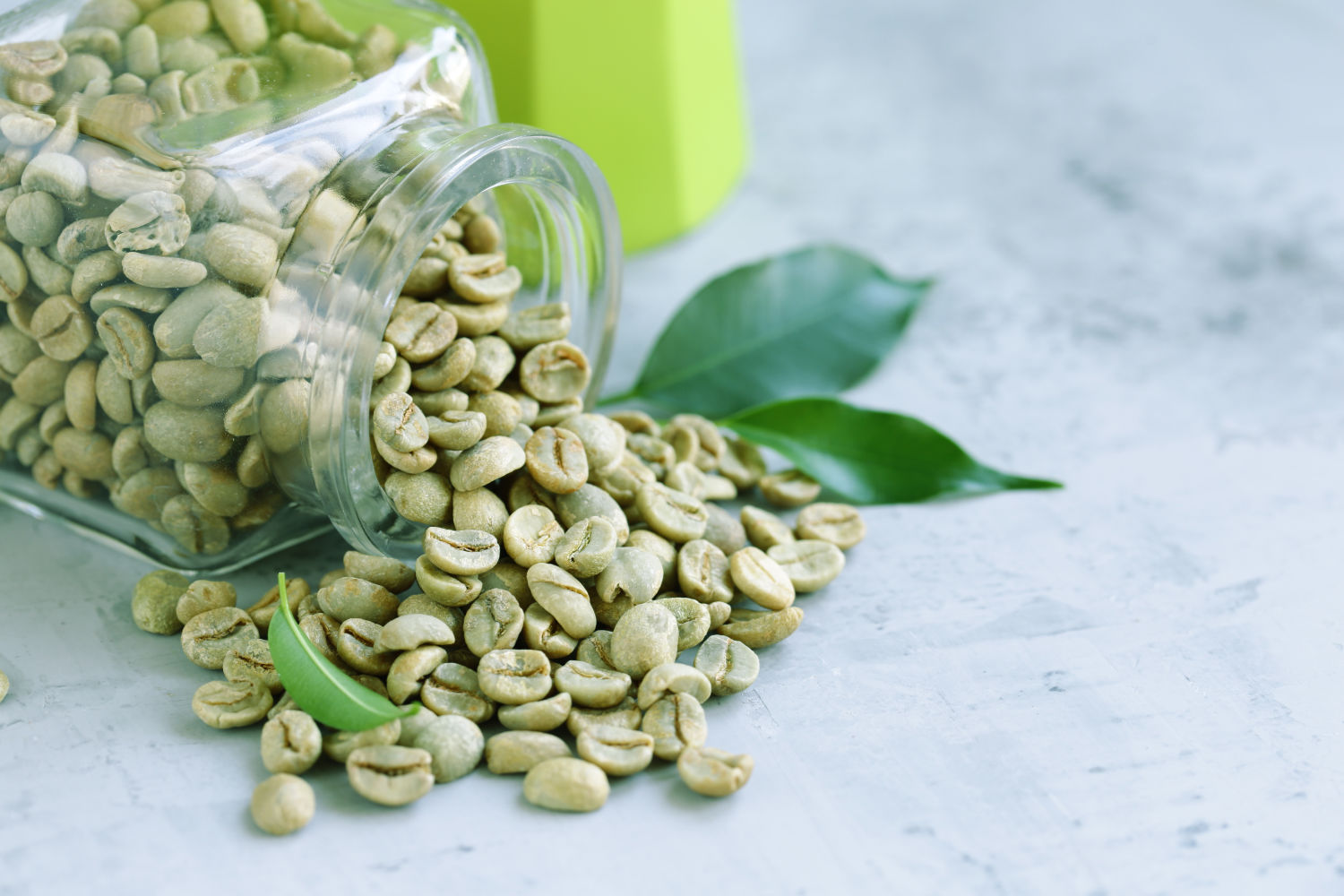
Everything you want to know
Roasting starts with a good knowledge of the raw coffee beans. Those of you who know about green coffee, also know that the size of coffee beans count and are evaluated in a calculation for which not the largest, but the most homogeneous bean, is best.
In fact, the size of beans is very important in the selection and processing of coffee, especially in order to have a uniformed roasting. A process that would otherwise be much faster in small beans (the density of the coffee bean also plays an important part here).
To measure the size of the beans, the farmers, coffee importers and roasters usually use sieves which are filters with a decreasing hole size. The beans are placed onto a series of sieves whose holes are gradually smaller and smaller in diameter. When the beans stop at a specific sieve size (or level), this will identify their sieve measure.
The sieves you'll find here are: from sieve 20 to 14, as well as on sieve for peaberries (these are round coffee beans also called Caracolito beans, which follow a different classification) of size 10.
The frame is made of wood and the perforated top of the sieves is made of steel.
An ideal tool for both professional and home advanced roasters who wish to check and monitor every aspect of the roasting process.
When we're technically speaking of sieve hole sizes, they are reported as: 17/18, 15/16, 13/14, and so on, which means 17/64 inch, 18/64 inch for example. Trying to translate these terms with Italian units of measurement, we can give these different gradings:
- Grade 0: beans retained by screen N ° 18 (7mm holes)
- Grade I: beans that pass through screen N ° 18 and retained by screen N ° 16 (6.3 mm holes)
- Grade II: beans that pass through screen N ° 16 and retained by screen N ° 14 (holes 5.5 mm)
- Grade III: beans that pass through screen N ° 14 and retained by screen N ° 12 (holes 4.7 mm)
- Grade IV: beans that pass through screen N ° 12 and retained by screen N ° 10 (4 mm holes)








